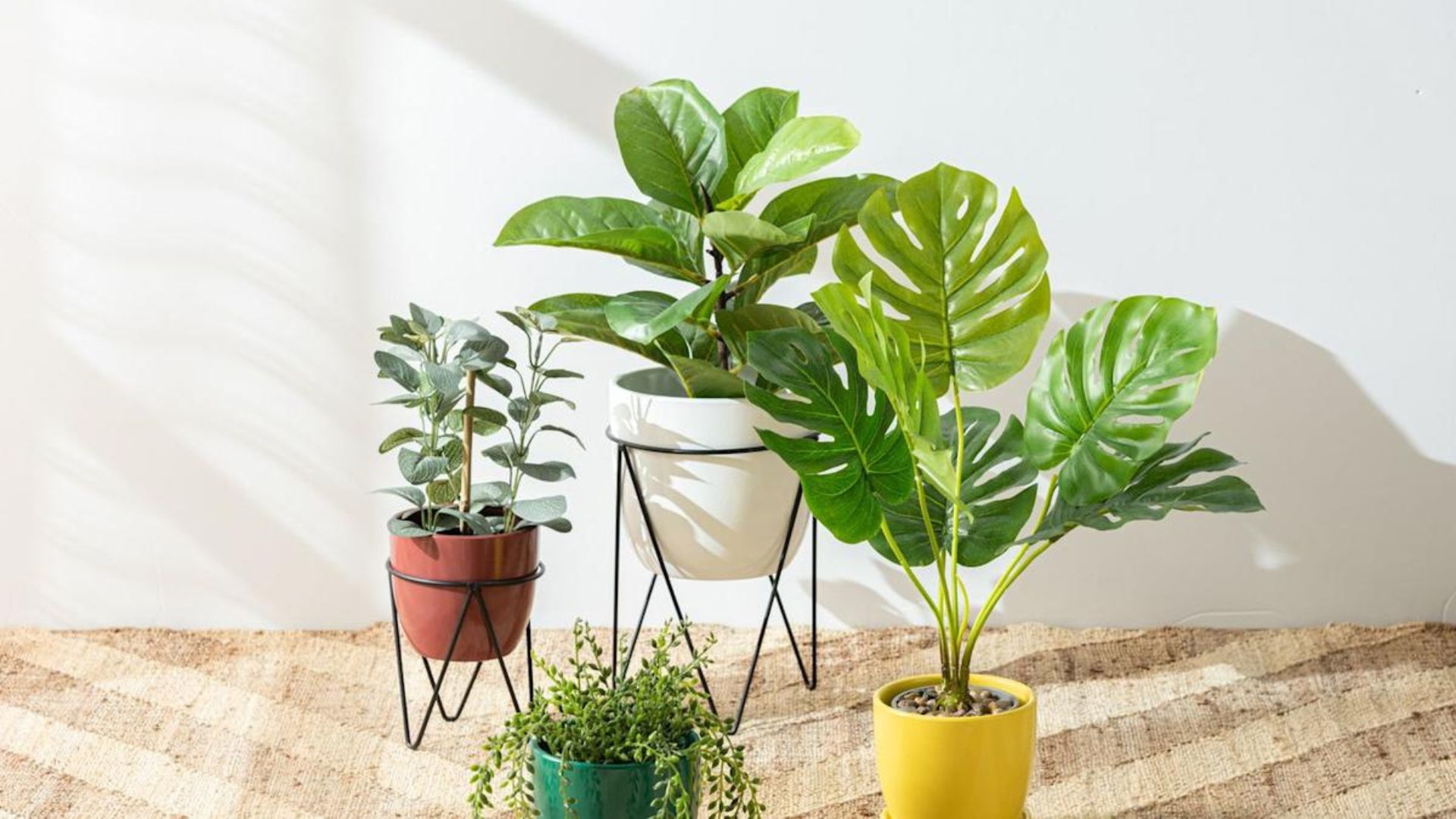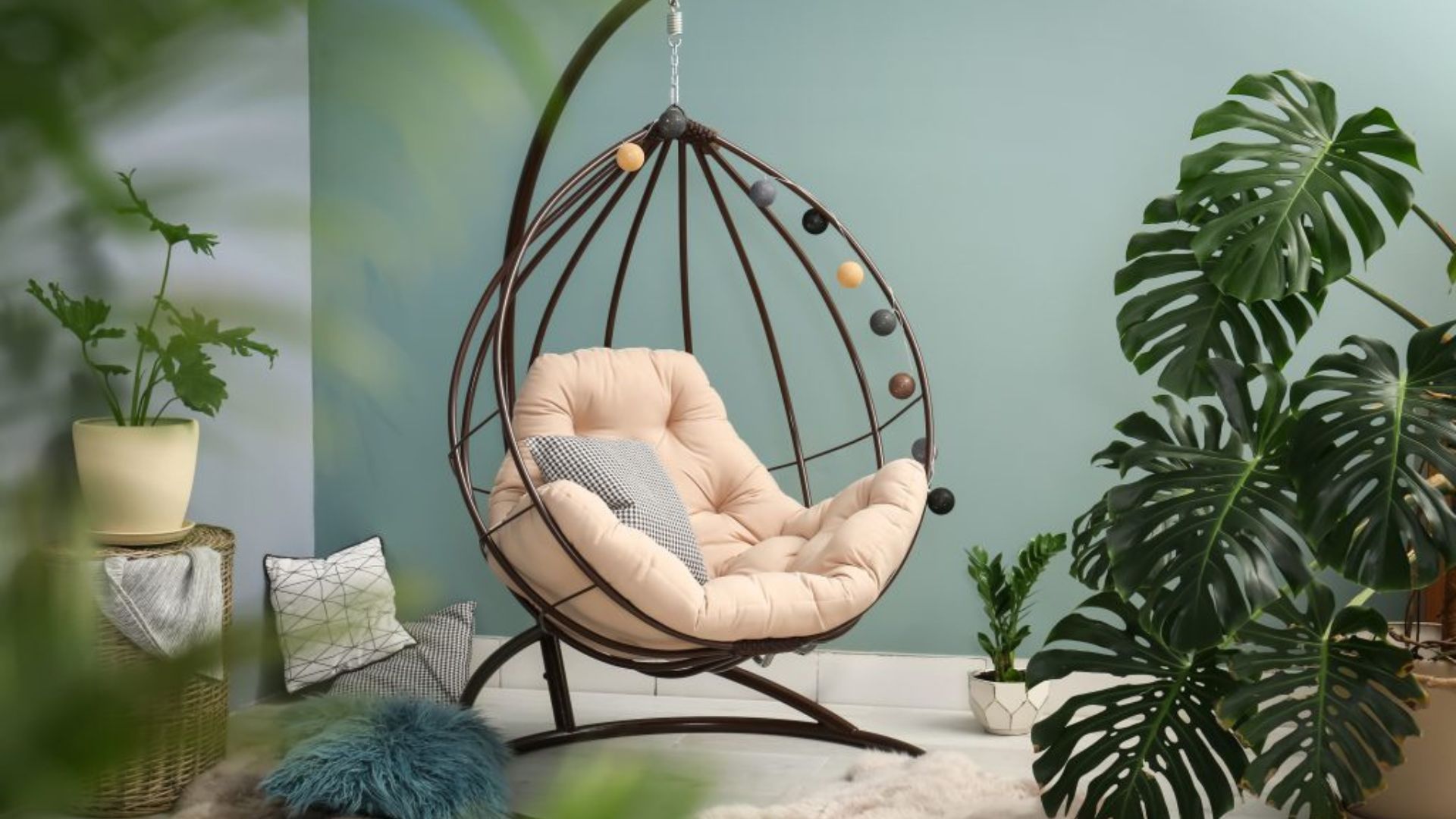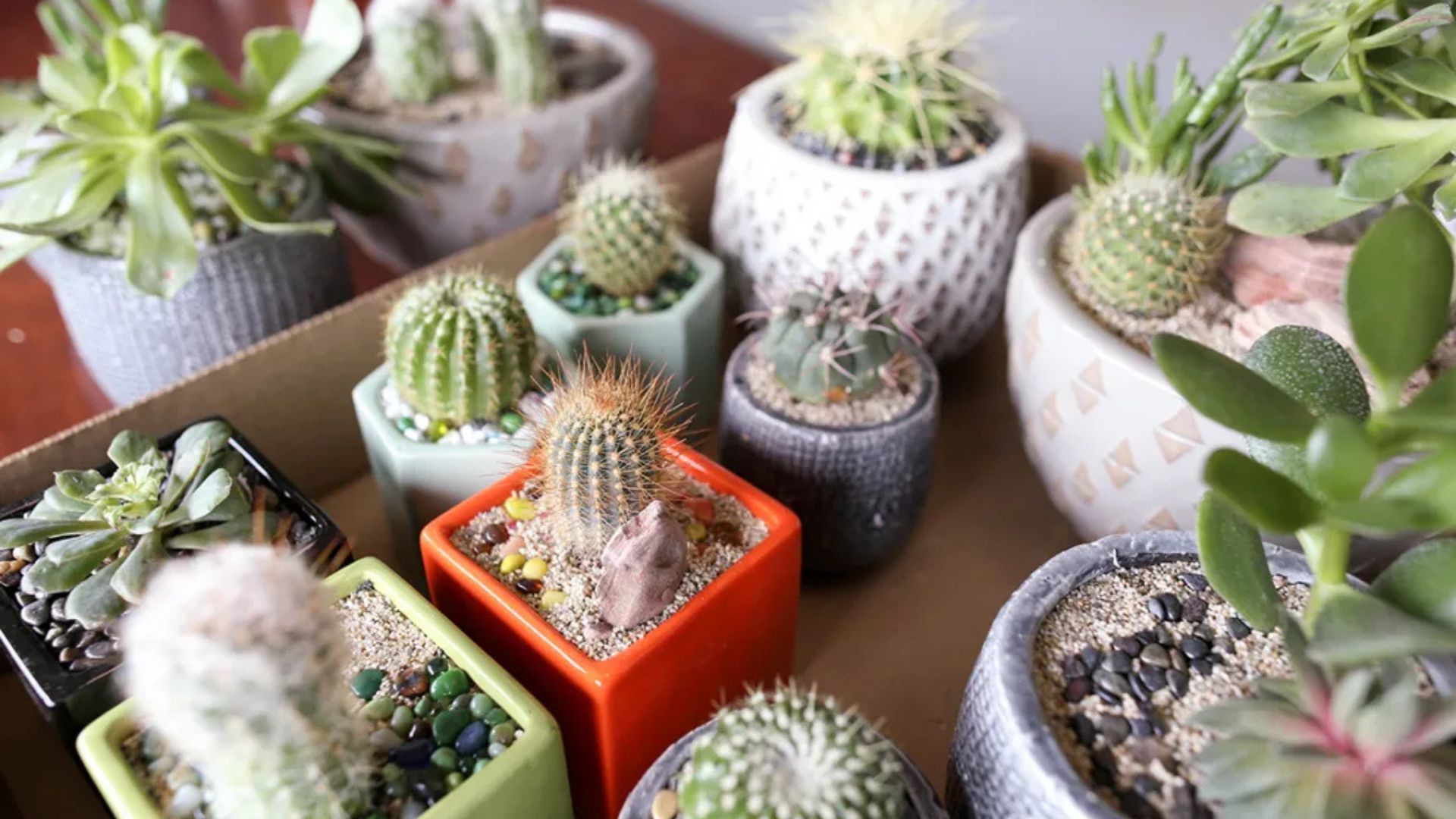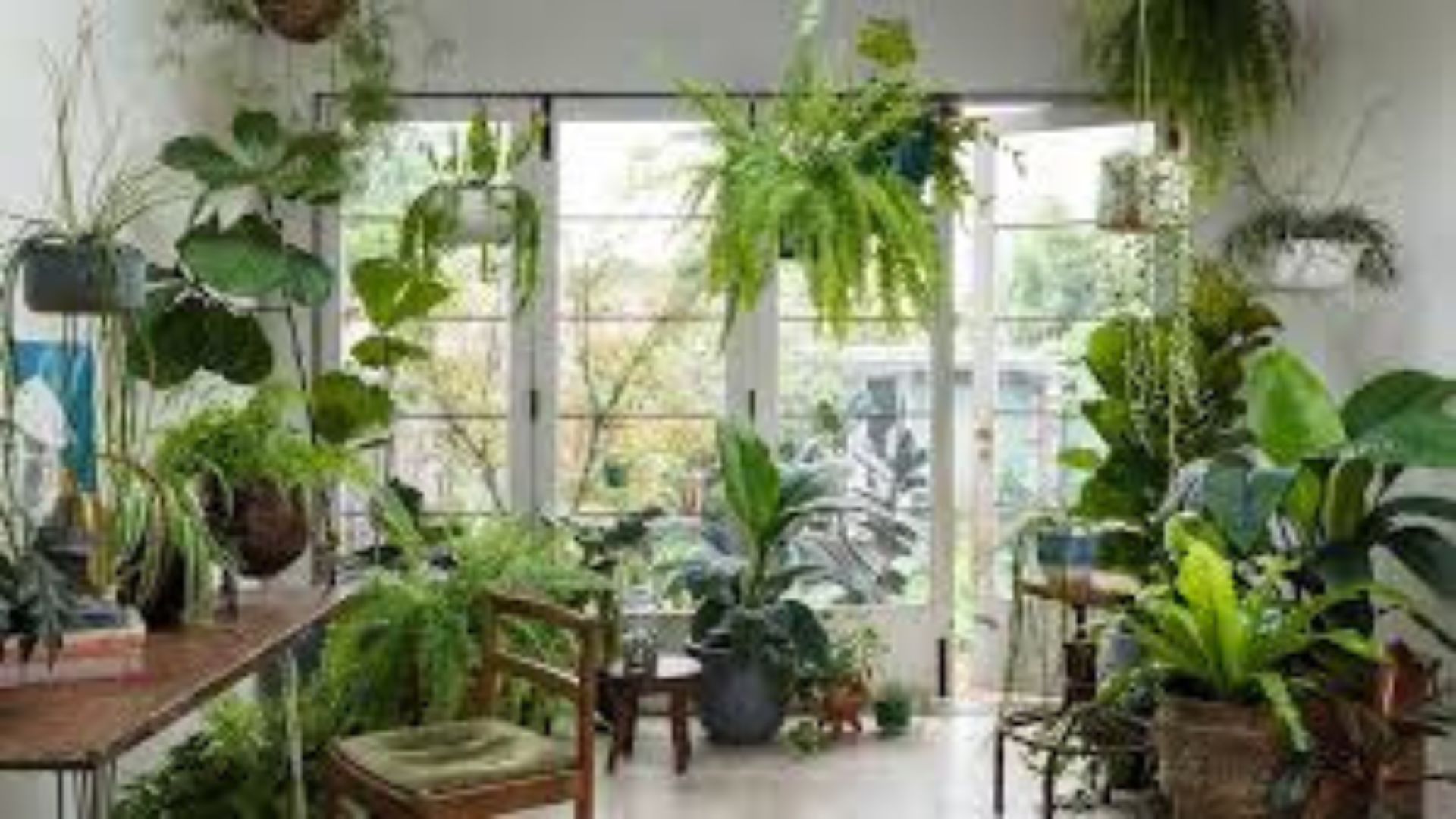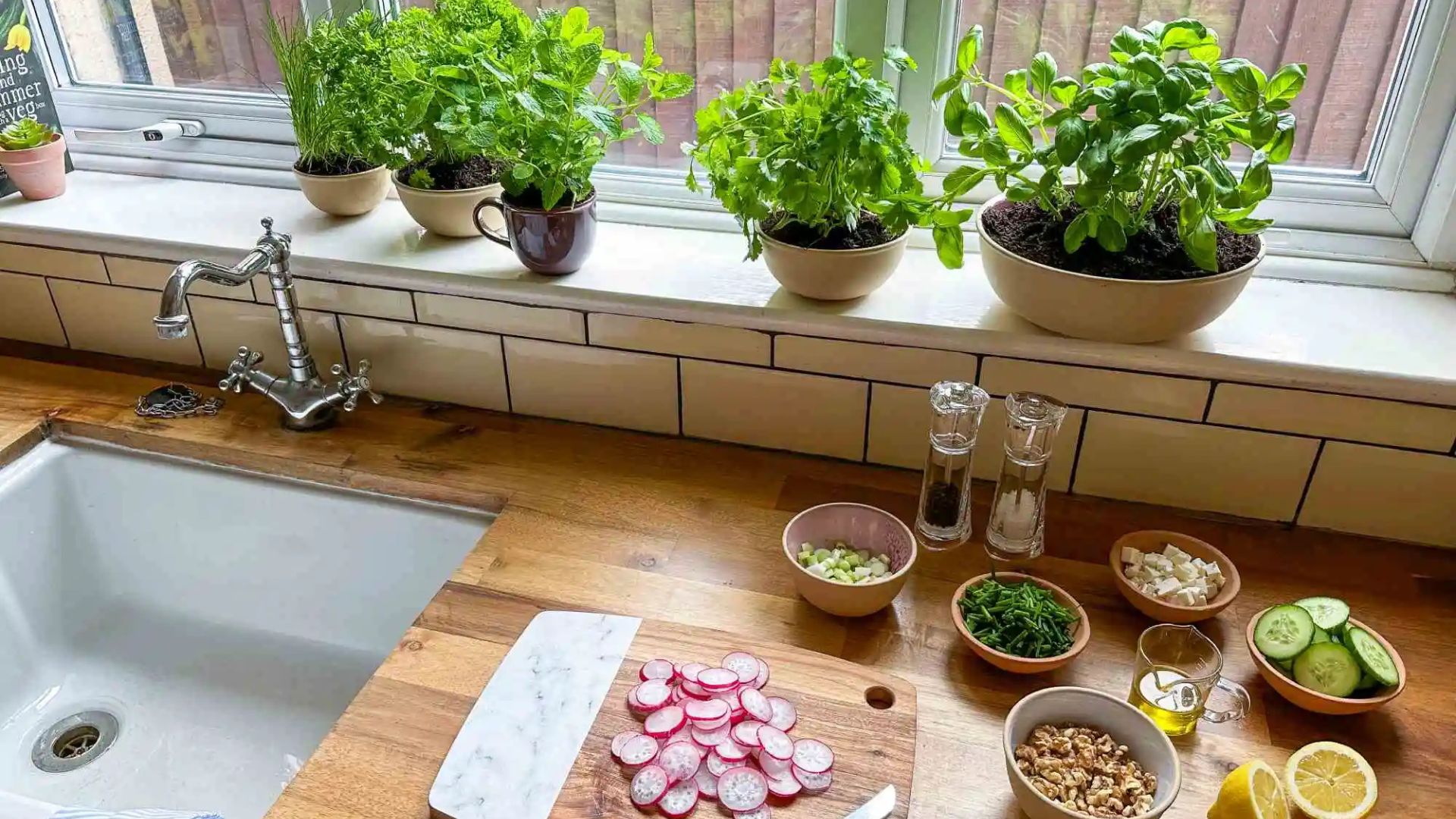Starting your indoor plant journey can be exciting—but also a bit intimidating. If you’re new to plant care and worried about watering schedules, light needs, or just keeping a plant alive, don’t worry. There are plenty of low-maintenance indoor plants that are incredibly forgiving and perfect for beginners. In this guide, we’ll introduce the best indoor plants that are hard to kill, along with care tips so you can grow your indoor jungle with confidence.
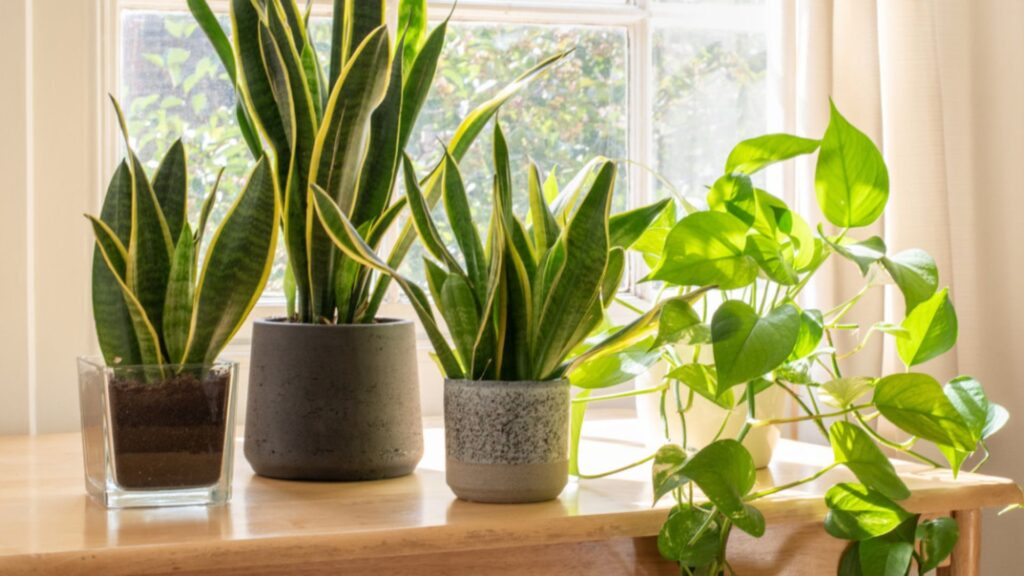
Why Choose Low-Maintenance Plants?
Beginner-friendly plants:
-
Tolerate neglect
-
Thrive in a range of light conditions
-
Require minimal watering
-
Are resistant to pests and diseases
These plants give you the chance to learn as you go, without the stress of losing them after a few missteps.
10 Best Indoor Plants for Beginners
Here’s a list of tough, reliable indoor plants that even the busiest or most forgetful plant parent can keep alive.
Snake Plant (Sansevieria)
Also called “mother-in-law’s tongue,” this plant is nearly indestructible.
-
Light: Low to bright, indirect
-
Water: Every 2–3 weeks; allow soil to dry out
-
Why it’s great: Very drought-tolerant and doesn’t need much attention
Bonus: Purifies indoor air and releases oxygen at night—great for bedrooms.
Pothos (Epipremnum aureum)
Known for its trailing vines, Pothos is one of the easiest plants to grow indoors.
-
Light: Low to bright, indirect
-
Water: When the top 1–2 inches of soil are dry
-
Why it’s great: Fast-growing, tolerates low light, and easy to propagate
Tip: Trim occasionally to keep it bushy and full.
ZZ Plant (Zamioculcas zamiifolia)
This glossy-leaf plant thrives on neglect.
-
Light: Low to bright, indirect
-
Water: Every 2–3 weeks or when soil is dry
-
Why it’s great: Extremely low maintenance and drought-resistant
Caution: Toxic if ingested—keep out of reach of pets and children.
Spider Plant (Chlorophytum comosum)
With its arching leaves and tiny “baby” offshoots, this plant adds charm and freshness to any room.
-
Light: Bright, indirect light
-
Water: Weekly or when soil feels dry
-
Why it’s great: Fast-growing, pet-safe, and beginner-friendly
Bonus: It’s also a natural air purifier.
Peace Lily (Spathiphyllum)
Elegant and resilient, the Peace Lily even tells you when it needs water (its leaves droop!).
-
Light: Low to medium
-
Water: Weekly or when leaves droop slightly
-
Why it’s great: Blooms indoors and handles low light well
Caution: Toxic to pets if chewed.
Aloe Vera
This spiky succulent not only looks cool but also has soothing gel inside its leaves.
-
Light: Bright, indirect sunlight
-
Water: Every 2–3 weeks; let soil dry completely
-
Why it’s great: Medicinal use + tough nature = win-win
Tip: Use a well-draining cactus mix for best results.
Cast Iron Plant (Aspidistra elatior)
As the name suggests, this plant is tough as iron and perfect for shady corners.
-
Light: Low to medium
-
Water: Every 2–3 weeks
-
Why it’s great: Tolerates poor light, dry air, and irregular watering
Bonus: A true set-it-and-forget-it plant.
Philodendron (Heartleaf variety)
This classic vine is easy to care for and grows quickly with little attention.
-
Light: Low to medium, indirect
-
Water: When soil is mostly dry
-
Why it’s great: Adaptable, fast-growing, and forgiving
Tip: Avoid direct sunlight, which can scorch the leaves.
Chinese Evergreen (Aglaonema)
This plant has stunning foliage and is one of the easiest houseplants to maintain.
-
Light: Low to medium
-
Water: When top 2 inches of soil are dry
-
Why it’s great: Thrives in poor light and is very forgiving
Bonus: Comes in a variety of colors and patterns.
Jade Plant (Crassula ovata)
A classic succulent that stores water in its thick, glossy leaves.
-
Light: Bright, indirect
-
Water: Once the soil is fully dry
-
Why it’s great: Long-living and easy to propagate
Tip: Overwatering is the only real threat—less is more.
Beginner Plant Care Tips
Even with low-maintenance plants, a little care goes a long way. Here’s how to help your plants thrive:
-
Check soil before watering—use your finger or a moisture meter
-
Use pots with drainage holes
-
Clean the leaves occasionally to remove dust
-
Don’t fertilize too often—once a month during growing season is enough
-
Rotate plants weekly so all sides get light evenly
Conclusion
You don’t need a green thumb to grow beautiful indoor plants. With these easy-to-care-for houseplants, you can enjoy a greener, healthier home without the stress.
Start small, observe your plants, and build confidence. Soon, you’ll be surrounded by living decor that not only looks amazing but also purifies your air and lifts your mood.






